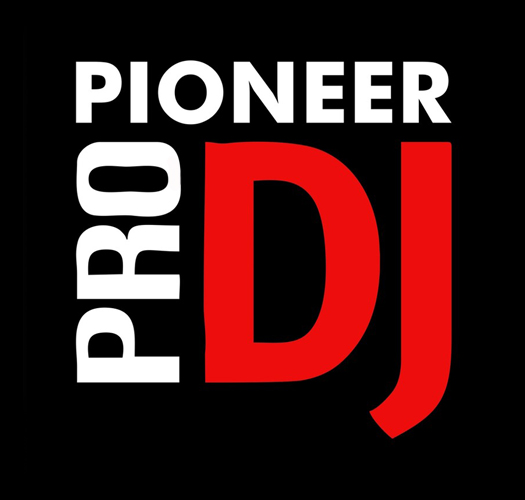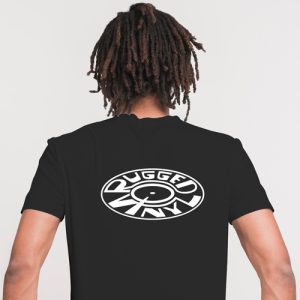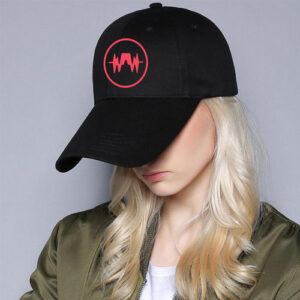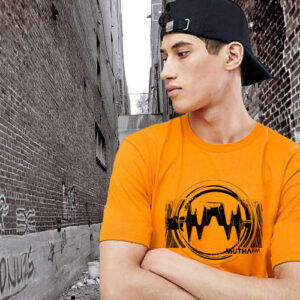Dance music’s glorious past has been increasingly easy to hear for more than a decade now thanks to the endless outlay of DJ sets online. By now, all a curious listener really needs to do is follow some Mixcloud or SoundCloud users who regularly upload new rips of old sets, and you can glean the historical outlines as you go, like an archaeologist on a virtual dig. It’s rewarding: over the spring and summer, I’ve found more than a dozen newly uploaded or digitised old sets, from the 80s forward, that I’d put on again in a second. Moreover, these sets have things to teach us about the conditions and trends of their era – things that even those of us who lived through some of it may have missed at the time.
Take the Mixcloud page Unique Sounds of America, run by an anonymous Brit with a whopping six followers (I’m one, obviously) and specialising in vintage Chicago house DJ recordings, largely from the Hot Mix 5, Chicago radio station WBMX-FM’s legendary DJ crew, including heavy-hitters from Frankie Knuckles to less legendary but still major figures like Ralphi ‘Rockin’ Rosario and Farley ‘Funkin’ Keith, who later became Farley ‘Jackmaster’ Funk (Unique Sounds features sets by both names).
Unique Sounds’ tapes sound uniformly good, which is rare with this stuff: hearing the music’s details is an education in itself, and a handful of sets demonstrate house’s evolution in vivid detail. Unique Sounds’ first upload, a February 1985 set by Rosario, is virtuosic, cramming 24 tracks in under 45 minutes, with a lot of fast cuts, sharp as a knife. We know that early house commingled electro, new wave, disco and Italo, and this set, which goes out on heavy disco from Melody Stewart and Kleeer, shows how old and new worked together on the turntables. Remember, at that stage, most of what was ‘new’ wasn’t Chicago house records – they existed by then (Jesse Saunders’ ‘On And On’, the first house recording, was late ’83), but the flood was still a short way away.
But it’s Frankie Knuckles’ November set that feels like church. This one does feature a handful of early Chicago house tracks, like those by important early producers J.M. Silk and Sterling Void, but it’s Frankie’s own edits of Billy Paul and Teddy Pendergrass that blow the hinges off. There are many exciting Frankie sets about, but this is in the first rank. If you want to know why house music was named for Frankie’s 1977–82 club, The Warehouse, this explains it perfectly.
By the early 90s, raves dotted the UK countryside, and the music was speeding up – particularly on the pirates. In May, The Pirate Archive, a storehouse of minutiae and press clippings as well an overwhelming amount of audio, organised by location, added some 20 sets from the pirate station Rave FM, recorded between 1991 and 1992, to the East Midlands section; I had a lot of fun boiling it down to six, by DJs Senator, Sy, Mayhem, and Rich. As writer Simon Reynolds pointed out, their flavour is less breakbeat-centric and more techno than their London brethren; hearing them in that light has helped show the era in a new light.
A set doesn’t have to be perfectly formed in order to teach us things about dance music history. Take The Beta Band’s set for Radio 1’s Breezeblock from August 1998, recently re-upped to another Mixcloud account, Old School Tapes, in two parts (“can’t combine them as we’re at work and they’d notice,” our uploader notes). It’s kind of a shambling mess, kind of amazing – not unlike The Beta Band themselves – and a snapshot of the moment when indie kids who’d previously turned their noses up at DJ culture started to mess with it in earnest. That means a specifically late-90s brand of wilful eclecticism: absurdist segues from Sergio Mendes into the KLF into Beastie Boys into Ivor Cutler, as an early sequence goes: proof that these guys were more record-collecting lunatics than DJs per se, but ones who clearly relished playing with a DJ set’s formal possibilities. Plus, you haven’t lived ’til you hear the bit when a crossover call with some Dundonian radio lunatics gets a bit much even for The Beta Band: “I’m just gonna have tae tell you to shut up there. I don’t even know what you’re saying, and I’m Scottish








